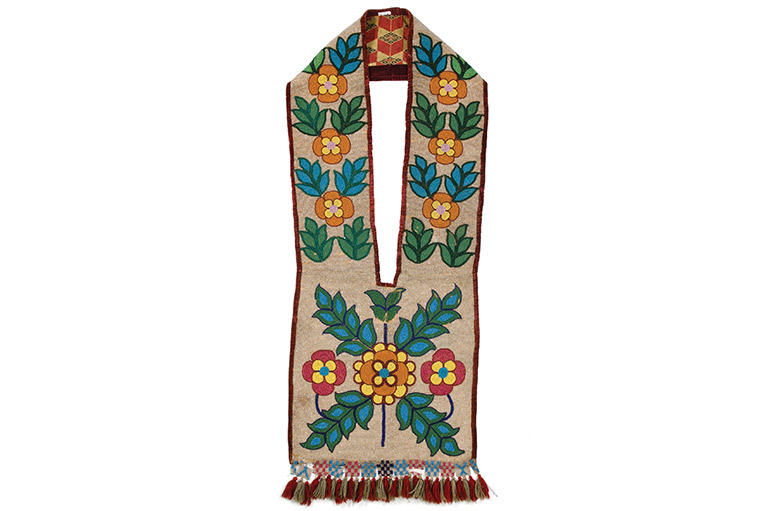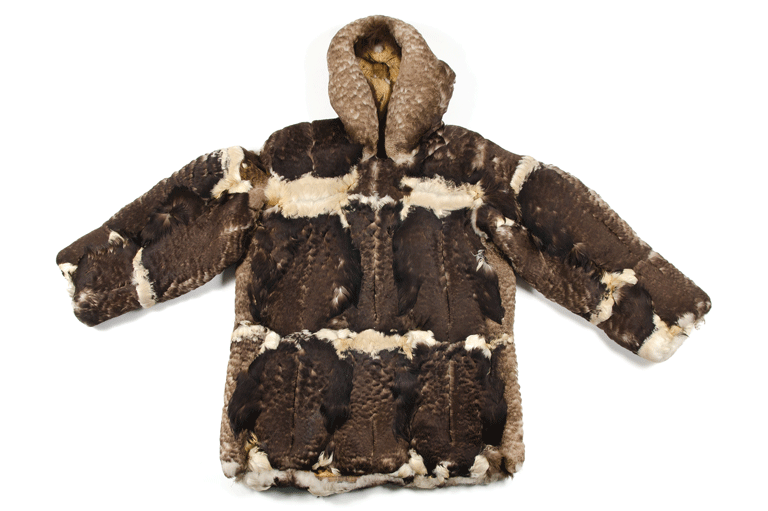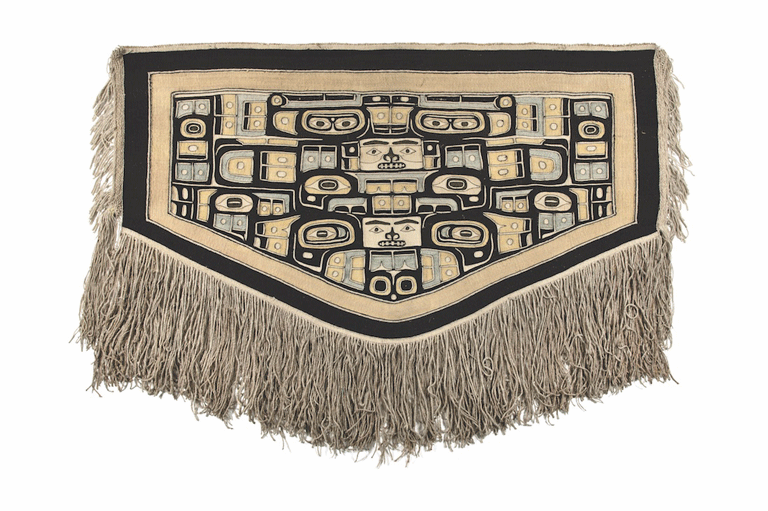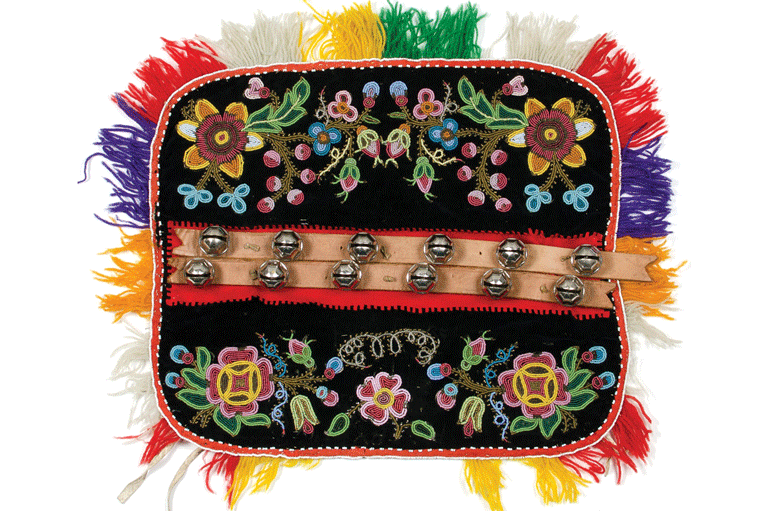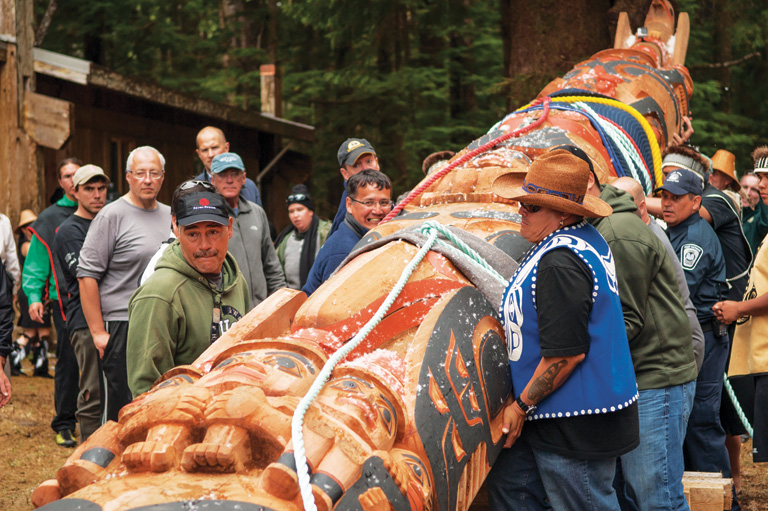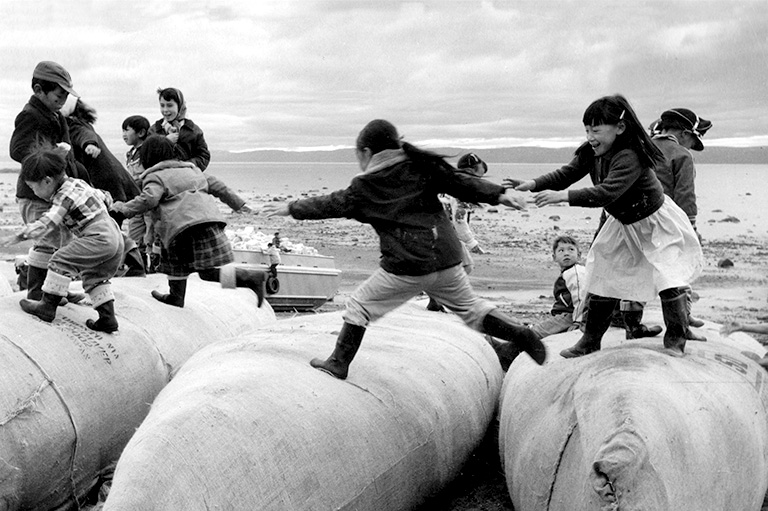Discover a wealth of interesting, entertaining and informative stories in each issue, delivered to you six times per year.
Birchbark Canoe Model
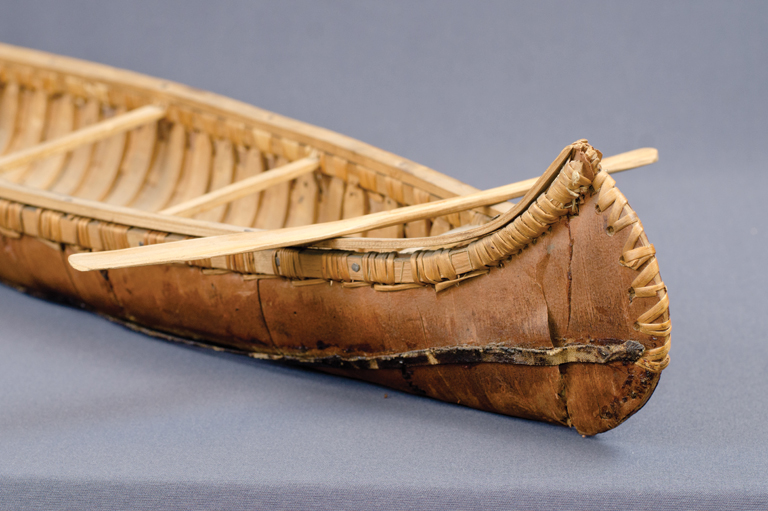
Models like this canoe at the Manitoba Museum were popular as toys and handicrafts traded among Europeans. An Anishinabe man, Ahmoo (Bee), made this 102-by-18-centimetre model in the early 1920s. It is designed in a traditional Ojibwa style and is a replica of the birchbark canoes built by indigenous peoples, which quickly became a common mode of transportation for explorers and fur traders throughout Canada’s Subarctic and woodland regions.
Relatively lightweight and well-suited to local river systems, these canoes were easily repaired with natural materials such as bark for patching, spruce root for repairing seams, and blackened spruce gum for making seams watertight. The canoes used by voyageurs varied in size and design. For example, the canot du maître, typically used between Lachine in Quebec and Grand Portage at the head of Lake Superior, was on average two by twelve metres and carried 3.5 tonnes of cargo. The smaller canot du nord, used in the interior and in the west, was roughly one by seven metres and could carry 1.36 tonnes of cargo.
Themes associated with this article
Advertisement


